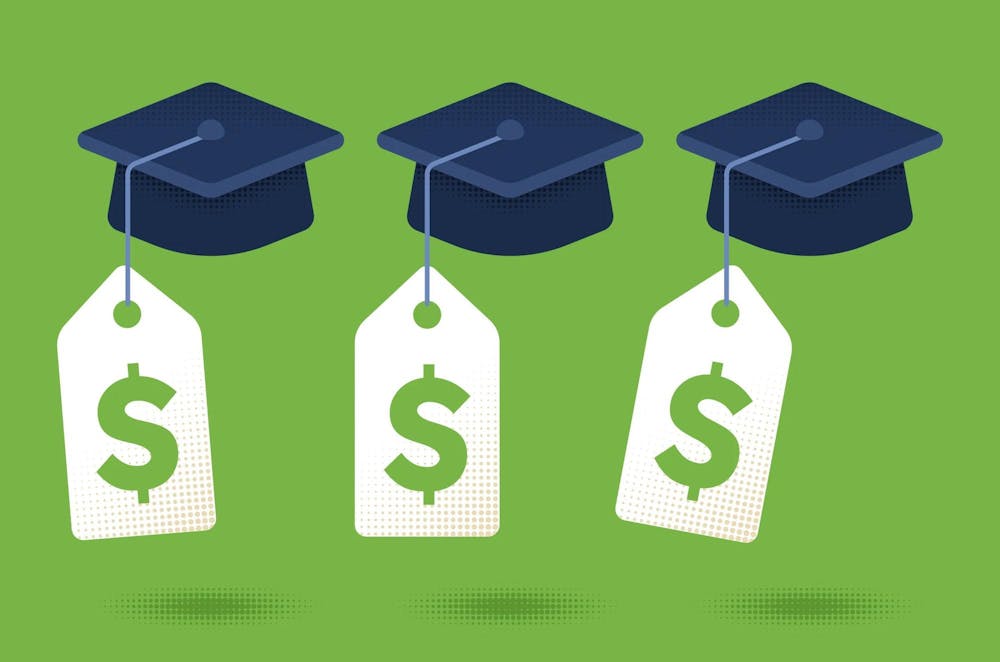As the price of higher education continues to climb, many students find themselves at a crossroads between their academic aspirations and their fear of accumulating debt.
A recent study by the Council on Foreign Relations found that 45 million Americans currently have student loan debt, and 44% of students from families earning under $40,000 fear that debt will prevent them from enrolling in college.
Financial aid programs and scholarships are essential in helping students manage their loans. School counselors advise students during the college transition by guiding them through applications and assisting with scholarships and financial aid.
High school counselor Dominique Moore explained that many students don't begin taking their academics seriously until the second half of their high school years. As a result, their GPAs from their freshman and sophomore years often don't align with their college aspirations.
“We’re trying to reach out to our freshmen sooner and tell them all of this to be aware of so by the time they’re seniors, they’re not faced with this dilemma of whether or not they can go to college based on GPA,” Moore said.
Scholarships and other forms of aid can greatly reduce the need for loans, but many students are unaware of these opportunities. Moore addresses this lack of awareness by visiting senior classrooms to help students create an FSA ID to help set up a FAFSA account for them.
Moore’s commitment to guiding students through the complexities of financial aid is exemplified by former student Gabriel Vollaire. Now attending the University of Notre Dame, Vollaire earned a full-ride scholarship—a decisive factor in his pursuit of higher education.
He explained that while potential debt didn't deter him from going to college, it was a major factor in deciding where he could apply.
“I thought to myself, I’m going to go to where it is cheapest and I can get the best education. But without a scholarship, I would've been in serious student debt and that would've posed a lot of problems for me and my family,” said Vollaire.
The Education Data Initiative reports that about 45% of undergraduate students graduate debt-free, while others must navigate the challenge of repaying loans after graduation.
Elizabeth Martinez, an undergraduate at California Lutheran University, is balancing scholarship support with the challenge of significant student debt upon graduation. She reflects on how she should have prioritized saving money before college to better finance her education.
“I wonder if this is worth it and if I should look into community college, which would be cheaper. Because it does stress me out a lot thinking about how much debt I will have,” said Martinez.
Martinez explained that while she aspires to pursue a career driven by passion, she acknowledges that her chosen path may not be the most financially lucrative.
The rising costs of higher education and the burden of student loan debt present significant challenges for students and their families. As highlighted by the experiences of students like Vollaire and Martinez, financial aid and scholarships are not just helpful—they are essential for making college accessible.
However, many students remain unaware of the resources available to them. To ensure that higher education remains a viable pathway for all, it is crucial for policymakers, educators and communities to collaborate in raising awareness about financial resources.

